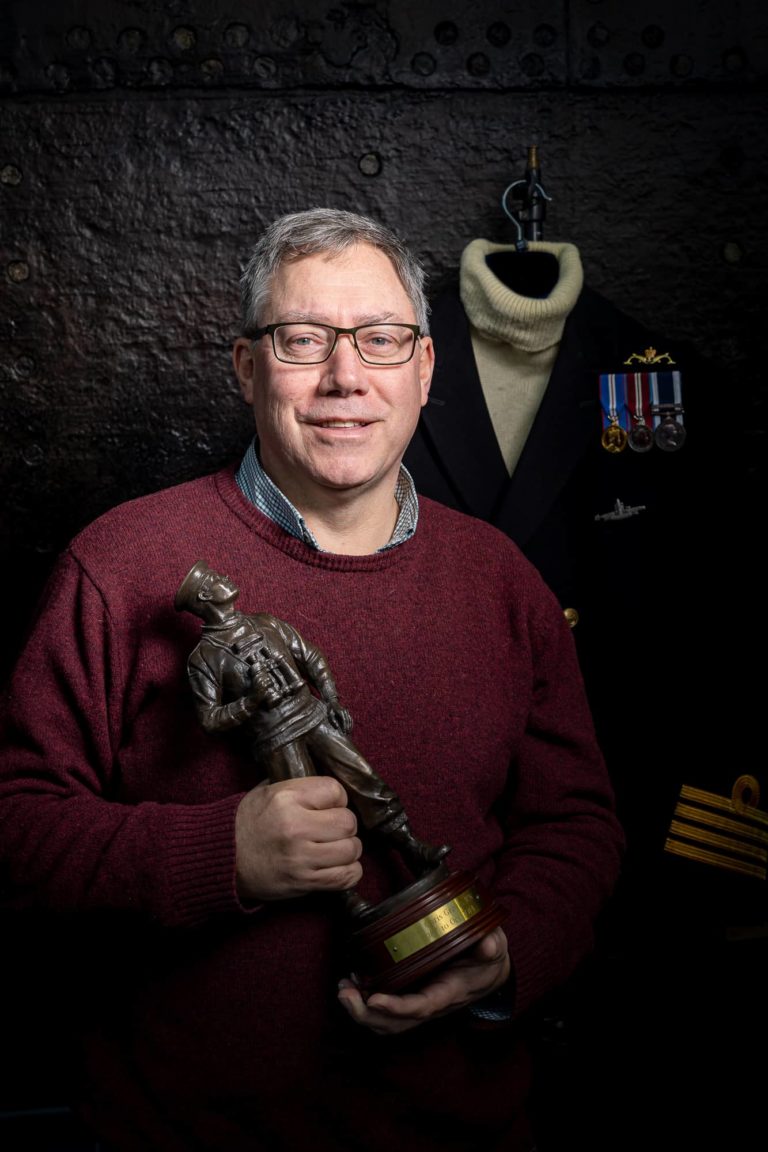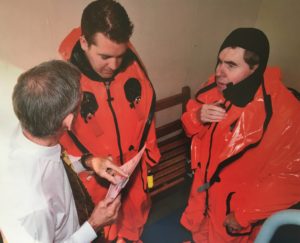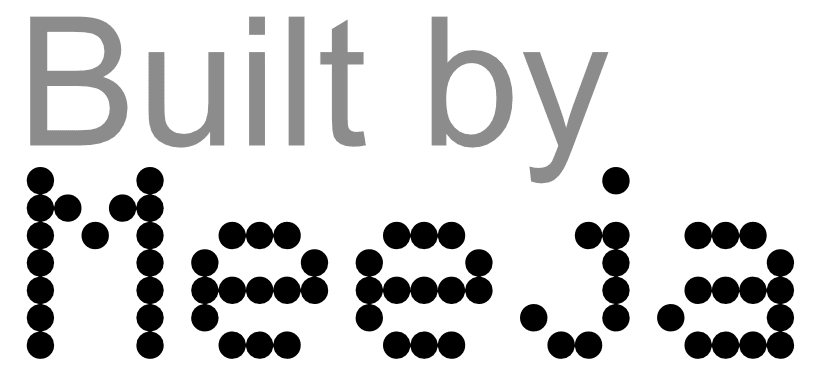Chris Groves -Tactical phase of Perisher
You spend as I remember it about a week doing a little bit of theory, a little bit of introduction, a little bit of character and leadership and a bit of psychometric testing and understanding yourself and doing a bit of self-evaluation, and then you go in to a three-week period in a simulator where you’re doing the ‘eyes only driving test’ piece that I was describing.
You then come out of that and you move into what we’d call the Tactical Phase, and that’s where you go in the simulator shoreside, a little bit of time in the classroom but mostly in the simulator, going through all of the various types of operations that you would be expected to do in a submarine, and quite a significant amount of safety elements as well so operating in close proximity to Warships but close proximity to Fishing Vessels and there are some specific rules around how we operate in fishing environments. How to operate the weapon, how to operate the Tomahawk Land Attack Missile, the Cruise Missile. How you do support operations when you’re working with a Task Group or when you’re working with a Maritime Patrol Aircraft, or how you’re doing anti-submarine warfare, how you’re doing anti-surface warfare.
A whole load of scenarios, some quite tricky navigational operations so working in close proximity to land where your navigation has to be very precise, where you’re doing intelligence gathering or whether that be intelligence gathering around communications intelligence or whether that be around doing photographic intelligence, visual intelligence, preparation of battle space, looking at beaches in preparation for amphibious landings.
All sorts of the types of operations that you might imagine a submarine would be involved in, and so Teacher is trying to make them more and more complex, more difficult. He, through the simulator so if you imagine it’s a submarine Operations Room but driven by computers in a Shore Base, so for us it was either in Plymouth or it was up in Faslane in Scotland, and we did a bit of both. You can simulate being in a submarine so you can increase the complexity of the surroundings.
You can make them more contacts, more ships, more Fishing Vessels, more Submarines, more Warships, whatever they happen to be, and Teacher is in control of that picture, and so he can also quite quickly create situations where either tactically things are going wrong, or from a safety perspective, things are starting to go wrong and he is doing that on purpose to increase the pressure and make sure that your judgement is good and that you do the right things and you keep the submarine safe.
You avoid counter-detection and you achieve the aim. And if one of those … and it’s kind of in that order, safety is absolutely paramount. Counter-detection is the next one and then achieving the aim is the next one, so we all like to achieve the aim, but if something is preventing us from doing that, so we stand a chance of being detected by somebody else that’s going to do us some harm for whatever reason, or if we’re going to have a problem from a safety perspective, you’ve got to be able to understand what level you’re at and be able to flex between those sort of three states, with the aim of being able to deal with the situation and get back to achieving the aim but recognise what your priorities are all the time.







